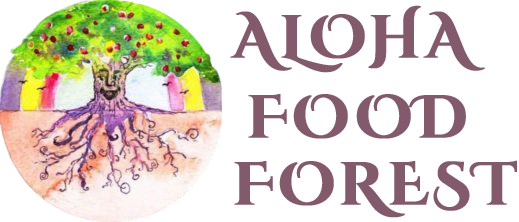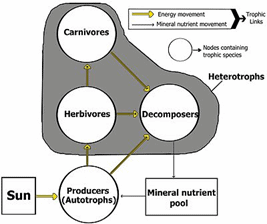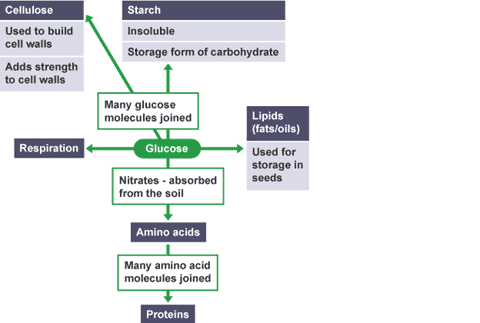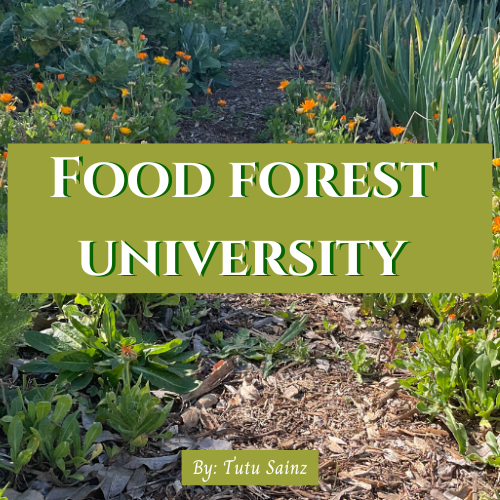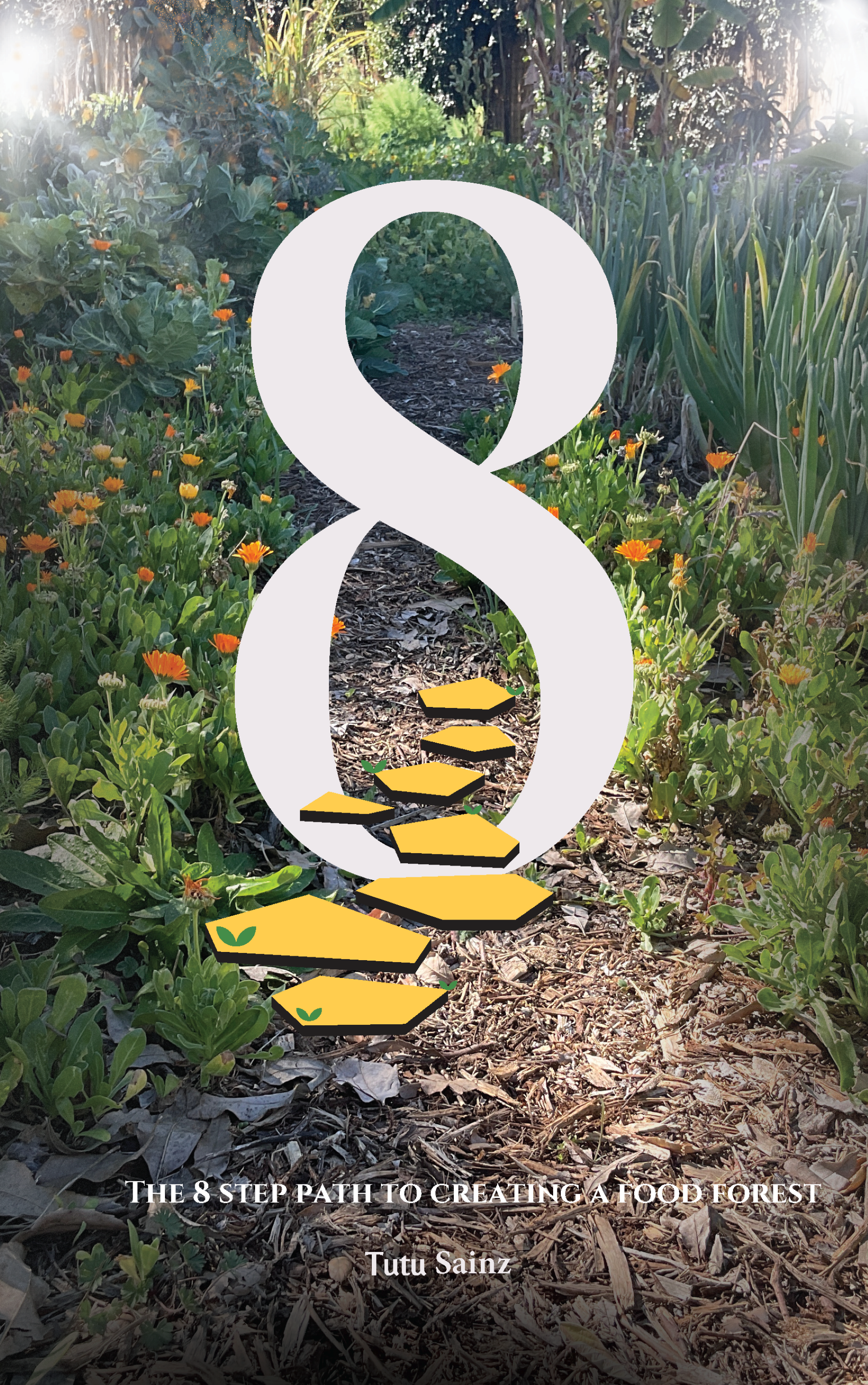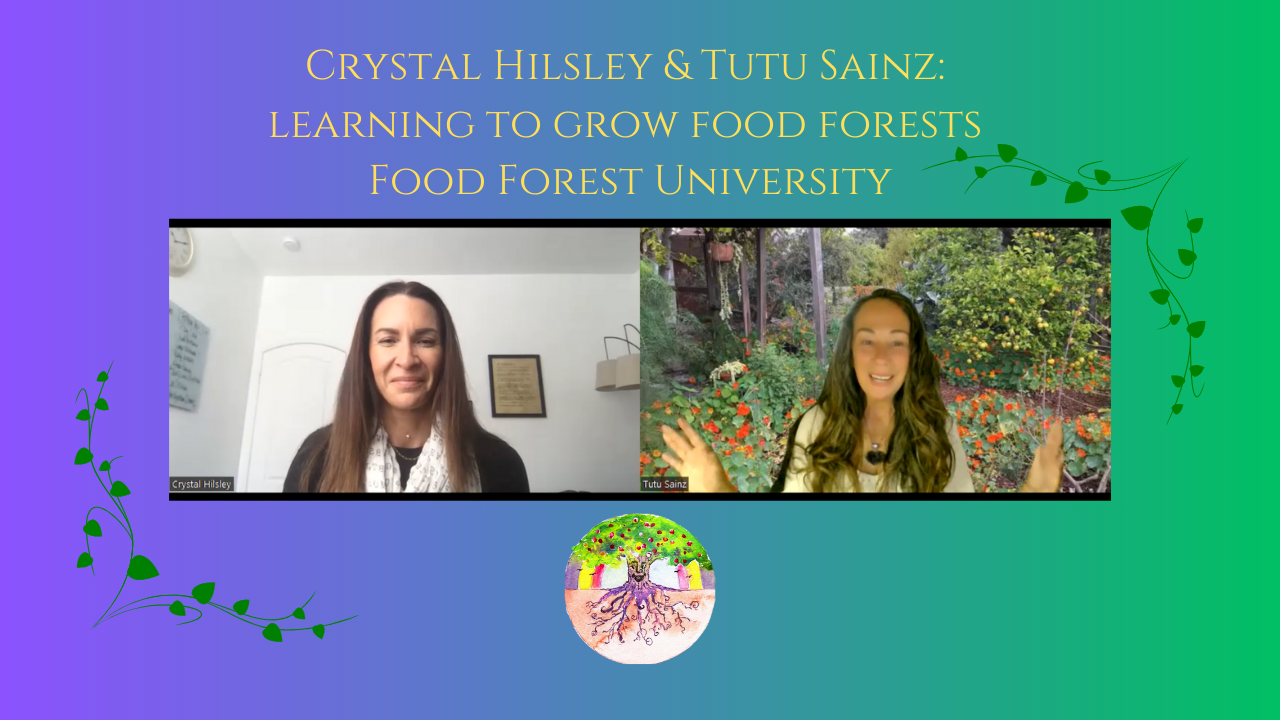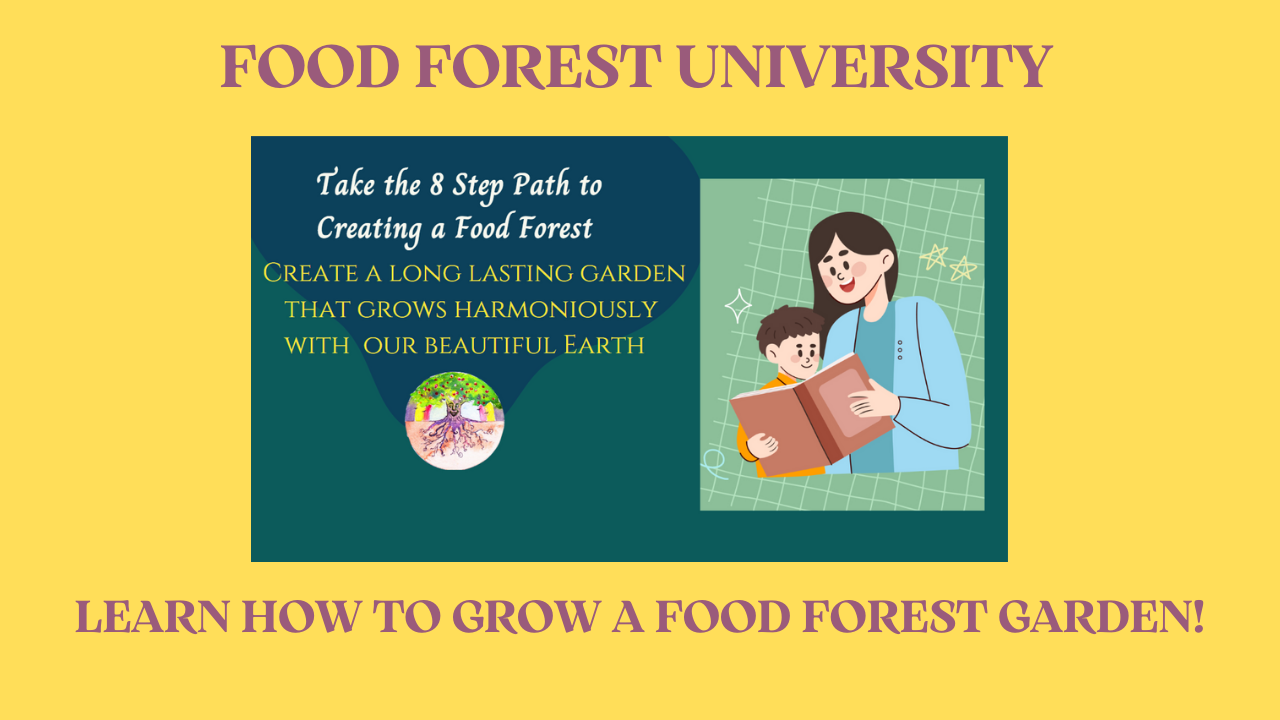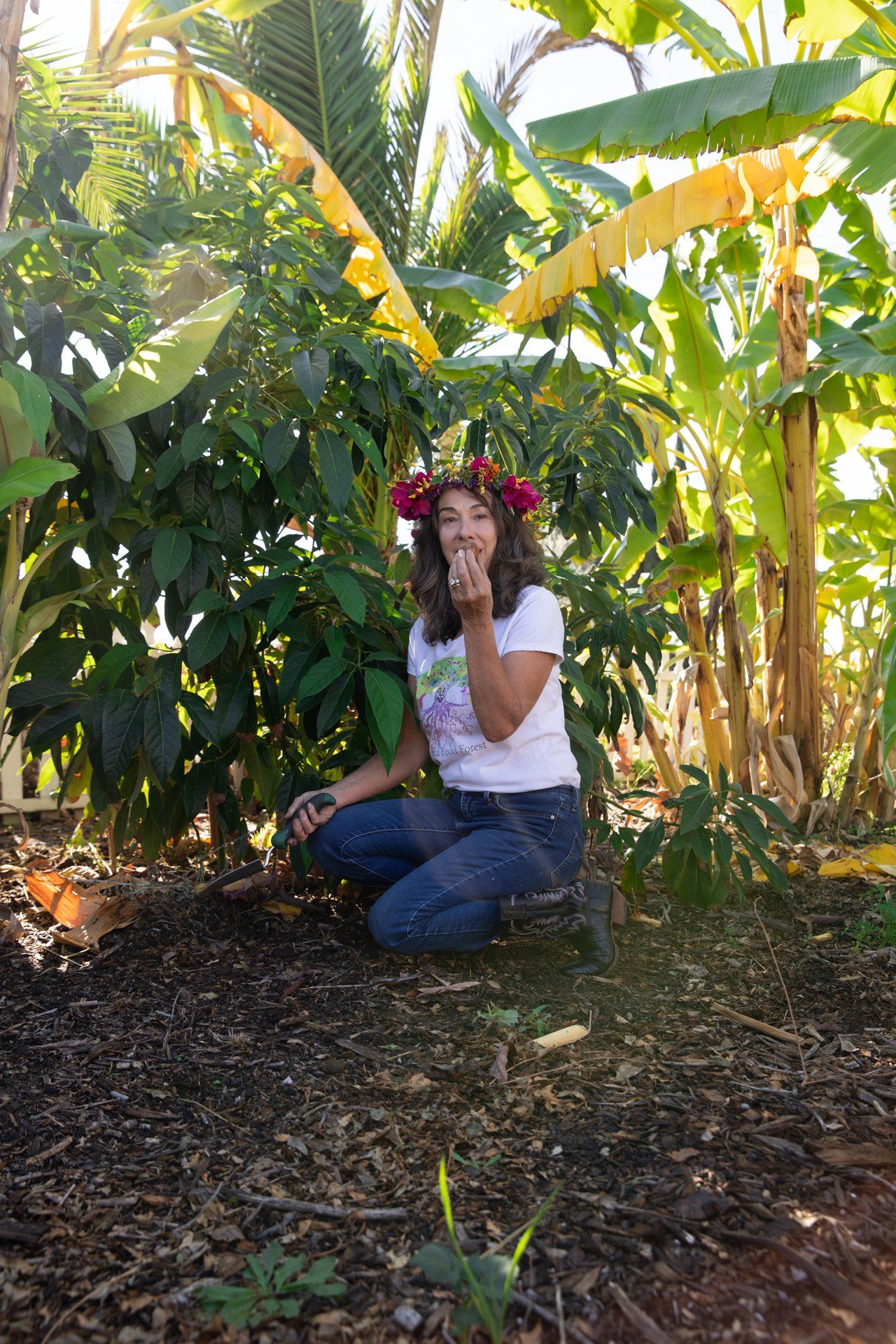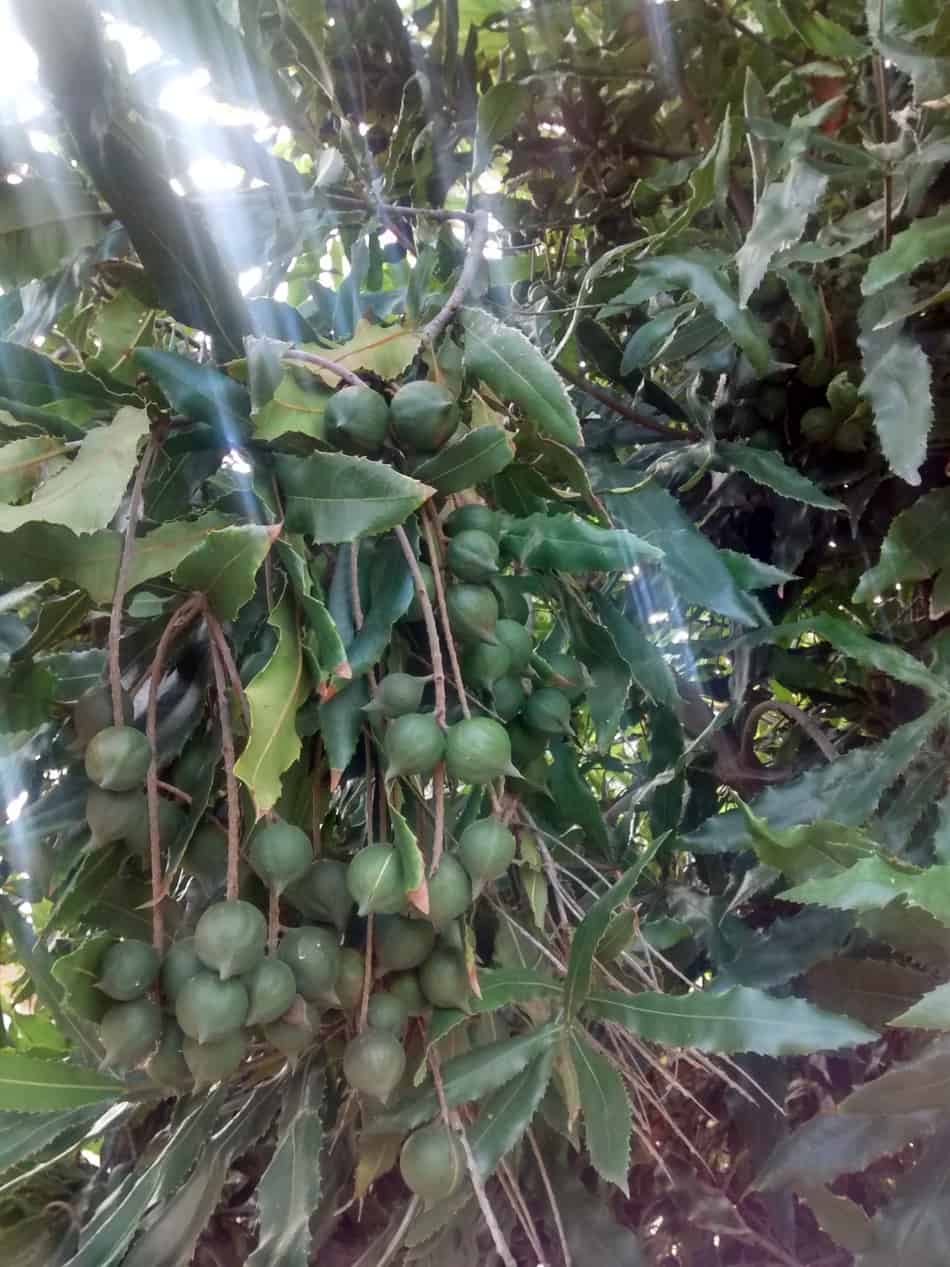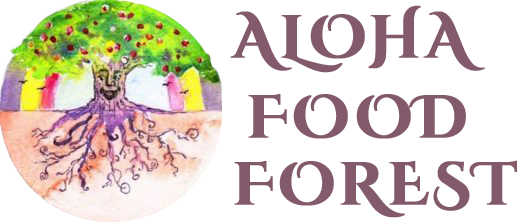The Quiet Miracles of the Plant Kingdom
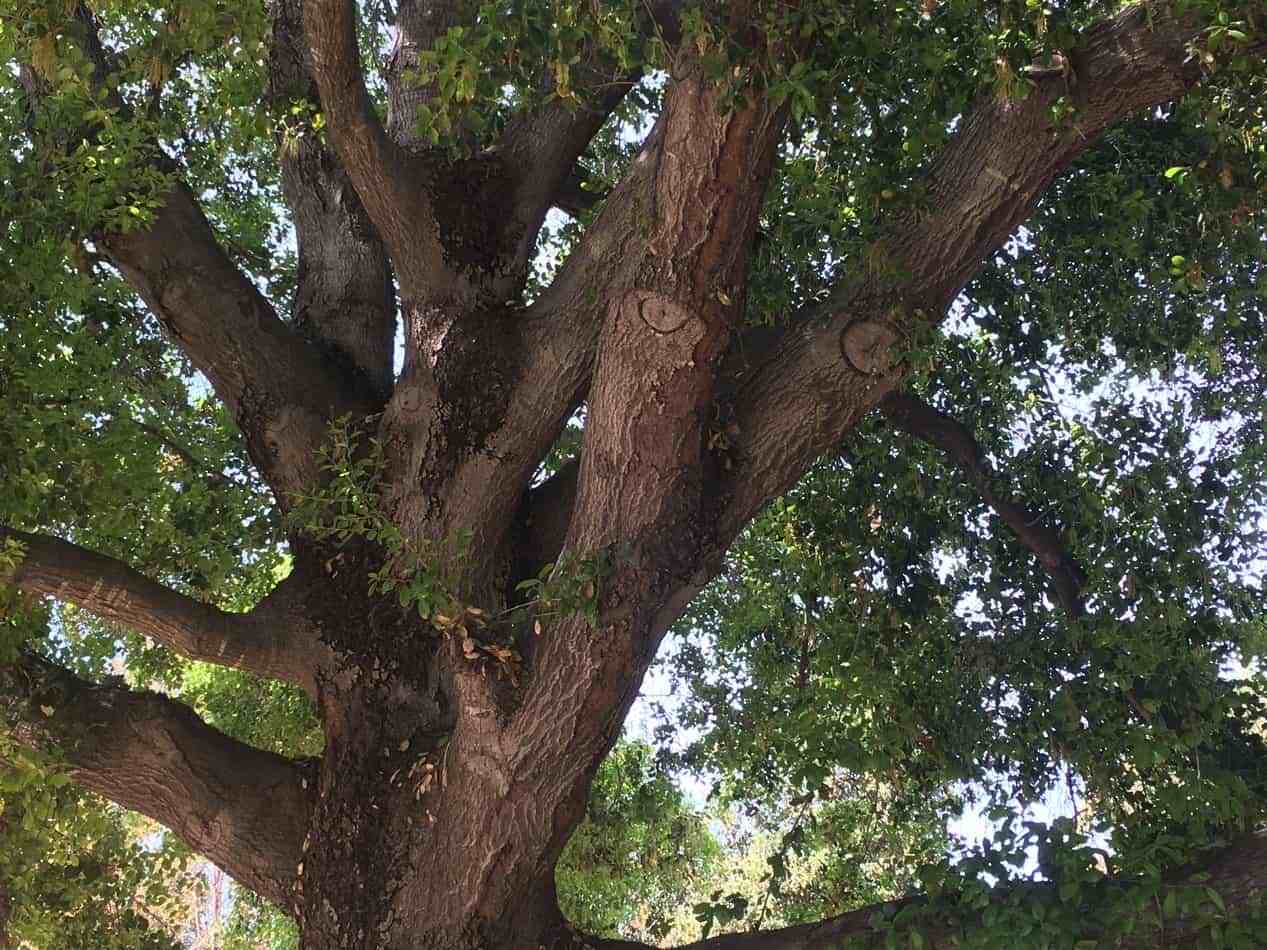
The food pyramid shows herbivores eating the plants, then predators eating herbivores and other predators eating them! Not shown is the human being level of the predators, but our foods, whether we are herbivores or carnivores, all derive from the plant kingdom too.
The drawing on the right shows lines going from the tree in the middle to the life forms around it, expressing that trees (and the plant kingdom in general) feed other creatures either directly or indirectly.
Please note that in both images, decay detritivores like worms and fungi feed on the plant kingdom too, to break complex materials into their simpler forms.
Here’s a fun chart showing another perspective on how the cycle works. Start at the sun and follow the yellow sunlight energy arrow to autotrophs (plants), then up to the heterotrophs (herbivores, carnivores, and decomposers). The decomposers finish this awesome cycle by returning mineral nutrients to the soil.
So we can see that plants are the source of carbohydrates, proteins, and fats to feed all life forms in the food web community, above and below the earth’s surface.
Trees do this year after year, generation after generation.
So how do they do it? They combine sunshine, air and mineral-rich water in a miraculous process we call photosynthesis.
- Water enters leaves through the vascular pathways that pipe water up from the roots.
- Air enters leaves through the stomata, filling the spaces between the cells.
- Sunlight energy enters leaves through their translucent cells.
These small, simple ingredients assemble in the leaves into larger, more complex molecules called glucose. There are several substeps in photosynthesis, but the overall chemical reaction is:
6CO2 + 6H2O + sunlight → C6H12O6 + 6O2
6 Carbon Dioxides + 6 Waters + Sunlight becomes
1 Glucose + 6 Oxygens.
The glucose stores rearranged sunlight, water, and carbon dioxide, like a battery storing energy that fuels life.
The glucose carbohydrate combines and shifts and recombines into the many other forms of carbohydrate energy we call vegetables and meats.
This diagram shows that plants use glucose:
- to make starch and cellulose
- in the process of respiration
- to make amino acids and therefore then proteins
- to make lipids (fats and oils)
When we eat, our bodies combine the food with air that we breathe, releasing the sunlight energy into ourselves to fuel our bodily functions, and releasing carbon dioxide back into the air.
In other words, photosynthesis transforms the light energy of the sun into power so you and I and all living things can fuel our bodies and get to work doing good.
With this quiet miracle, the plant kingdom makes food for all life out of sunlight, air, and water.
The plant kingdom makes oxygenated air for us to breathe.
The other output of photosynthesis is oxygen. Trees consume carbon dioxide and release oxygen.
When we burn firewood, ethanol, coal, oil, or other fossil fuels, carbon dioxide is released back to the atmosphere.
Carbon dioxide stored in fossil fuels was removed from the atmosphere over eons of time and is being replaced very quickly through our consumption of fossil fuels, creating an imbalance of too much carbon dioxide in the atmosphere.
Because photosynthesis consumes carbon dioxide and releases oxygen, growing trees are the key to restoring balance in the Earth’s atmosphere. Trees help counteract the effect of combustion of fossil fuels.
By planting your food forest, you will restore balance to our atmosphere on Earth.
You will grow fresh oxygenated air for us to breathe.
The plant kingdom supplies us with our significant sources of energy: petroleum, natural gas, coal, firewood.
One of the carbohydrates resulting from photosynthesis is cellulose, which makes up the bulk of dry wood and other plant material. When we burn wood, we convert the cellulose back to carbon dioxide and release the stored energy as heat.
Because petroleum, natural gas, and coal are all derived from ancient plants and animals, the energy stored within them originally came from sunlight through photosynthesis.
Burning fossil fuels is like the oxidation process that occurs in our bodies; it liberates the energy of “stored sunlight” in a useful form and returns carbon dioxide to the atmosphere.
Our primary sources of energy originated as sunlight, held in the cells created by the plant kingdom!
The plant kingdom supplies us with useful fibers and building materials.
Tree branches and trunks provide lumber for us to create buildings and useful products.
Paper is nearly pure photosynthetically produced cellulose, as is cotton and many other natural fibers. Even wool from sheep derives from photosynthetic energy.
All plant and animal products require energy to produce, and that energy comes ultimately from sunlight via photosynthesis.
Petroleum-based plastics and synthetic fibers come from photosynthesis.
Our metal refining depends ultimately on coal or other photosynthetic products.
It’s difficult to name an economically important material or substance whose existence and usefulness is not in some way tied to photosynthesis and the plant kingdom.
Trees moderate our air temperatures and shelter us from storms.
These long-lived pillars of strength shelter and protect us and the wild creatures.
During windstorms, they slow the wind as it encounters friction from their leaves and branches, and creating pockets of calm areas under their leafy canopies.
During hot weather, they cool the air and soil temperatures with the shade of their foliage, and during cold weather, they warm the air and soil temperatures under their canopies.
Year-round, they moderate the soil and air temperatures making earth more pleasant and providing homes for wildlife.
Think of places without trees. We call them deserts and tundras.
The plant kingdom replicates itself, infinitely abundantly.
The first five points above are mind-bending, but nature keeps giving! Here’s another bonus: Inside of every fruit and nut is a seed for another tree of its kind. Not only will you get to enjoy the fruits and nuts, but you can plant some of the seeds to grow new trees. If you don’t plant them, the birds and other animals will!
That’s nature’s infinite abundance!
What a great gift we food foresters give to future generations of wildlife and humans when we plant our forests of fruit and nut trees.
